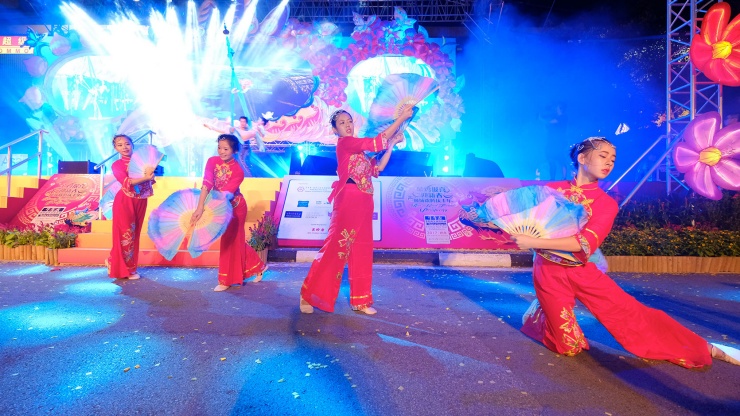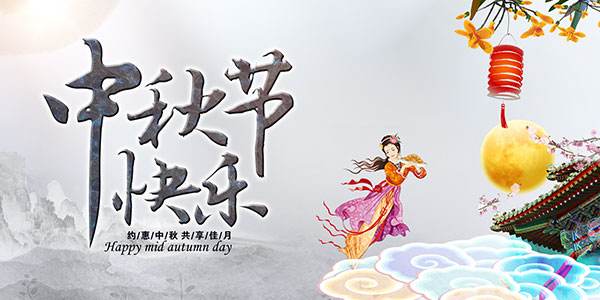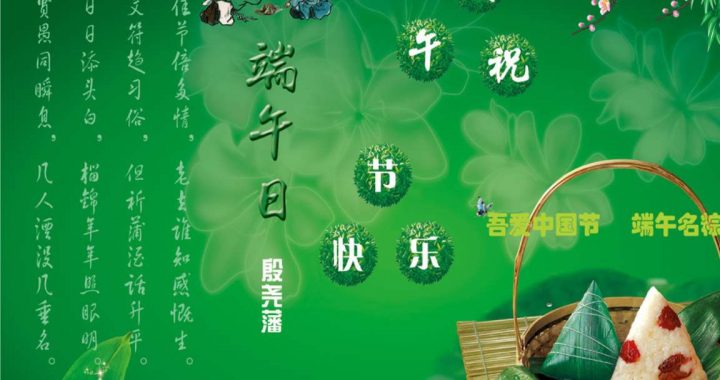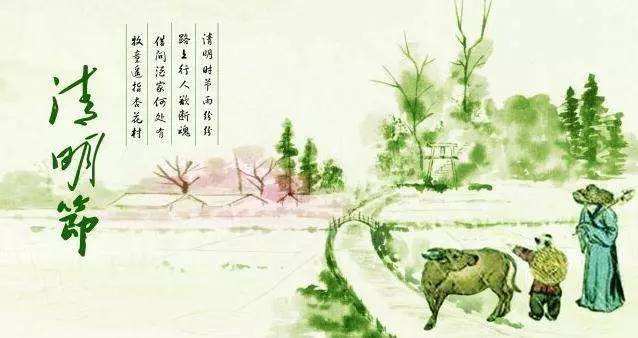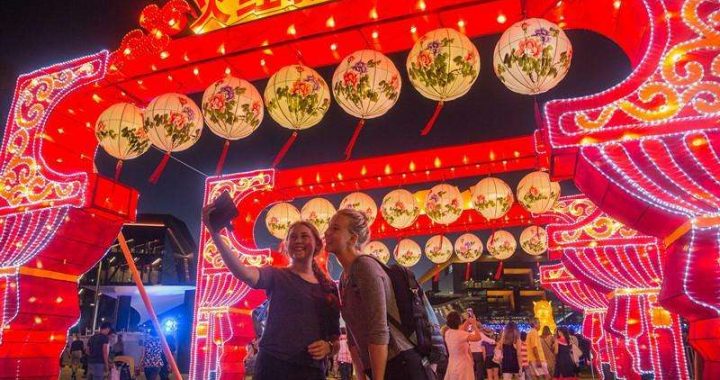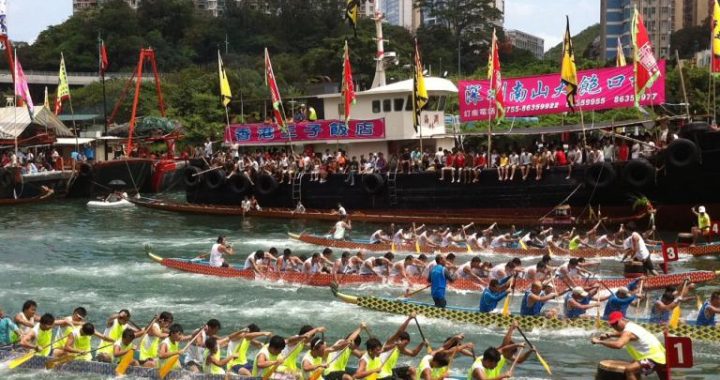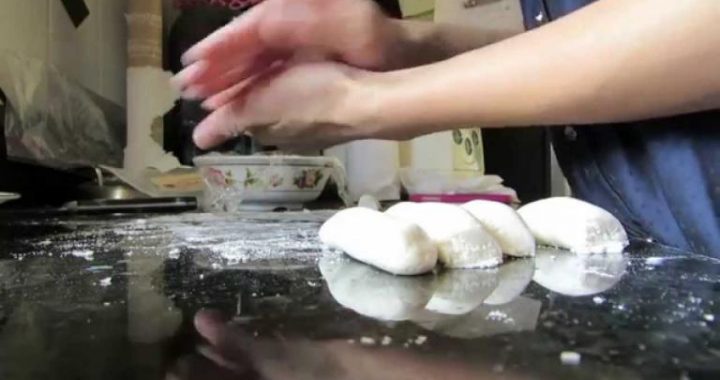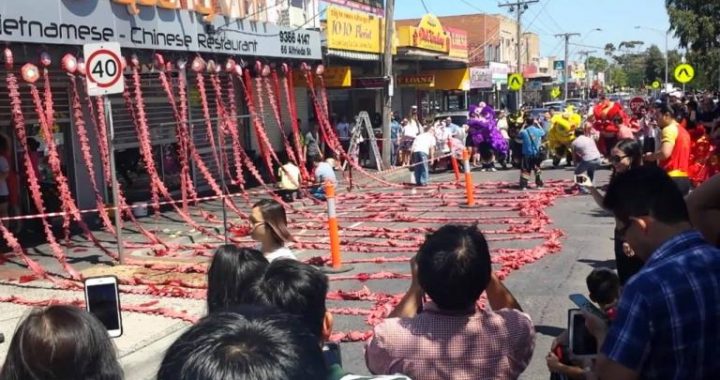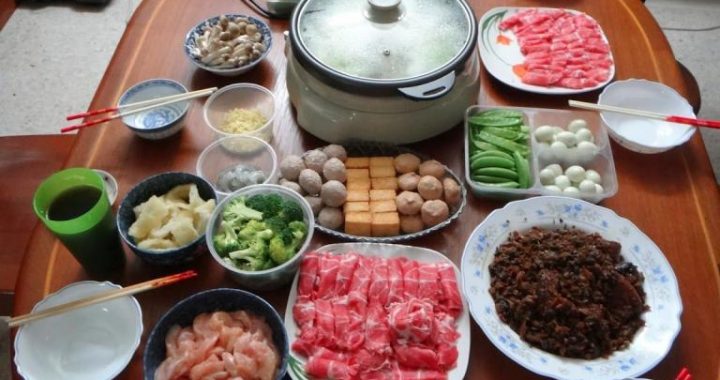Great Joy in Chinese festival
8 min readChinese festivals include not only holy and solemn activities which seem a little heavy and ubiquitous conventions and taboos, but also unconventional and unusual revelry. At the end of annual production, people need to celebrate harvests and relax physically and mentally through singing and banquets; when annual production is about to begin, people also need to get together and celebrate wildly to brace themselves, concentrate strengthand cope with the coming labor more easily. Of course, such revelry is not simple physica or mental indulgence. Where does revelry take place? When can people revel? Who can participate in revelry? How to engage in revelry? In the Chinese people’s festival culture, the time, space, participants, contents and limits of revelry are clearly defined. Therefore, revelry here refers to a kind of permitted and limited revelry. Such festive revelry addscolor to insipid days, allows people to obtain jocose and subversive pleasure in breaking the structure and order, recreates, conveys and strengthens human order, and realizes physical and mental pleasure and satisfaction.
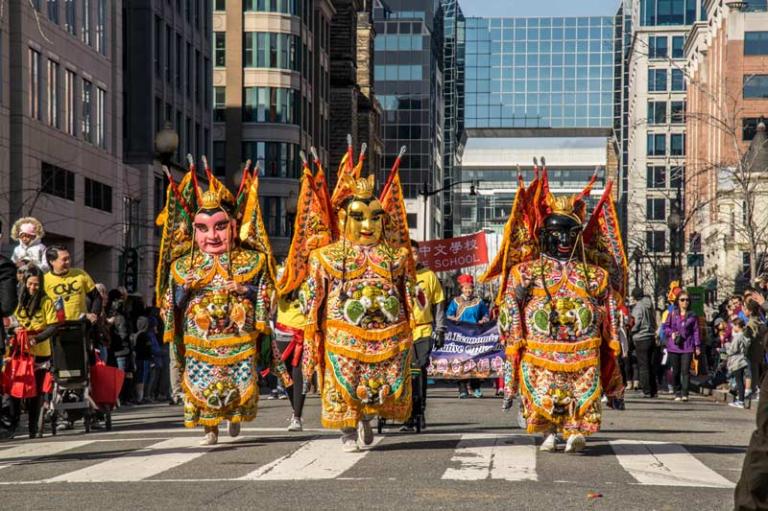
Shehuo Performances: Great Joy
There are many modes of Chinese people’s revelry in festivals, but Shehuo is undoubtedly the most conspicuous mode of revelry. Briefly, Shehuo refers to folk art performances during festival celebrations in China’s rural society, is closely associated with the religions and people’s organizations in the areas where festivals are celebrated, and plays a role in both entertainment of gods and self-entertainment. As a kind of people’s amusement activities organized by grassroots village organizations during festivals in urban and rural areas, Shehuo has different names across China,e.g.”Naohonghuo,”
“Festive Lanterns,””Yangko Dances”and “Stories.”Its emergence as a traditional ceremonial performing art was closely related to the Land God Festival for offeringsacrifices to the Land God in ancient Chinese society, related to Nuo ceremonies and dramas for driving away ghosts and plagues, and related to the activities of welcoming spring and enjoying ease and comfort in the Spring Festival and the Lantern Festival.
Shehuo is quite widely distributed in China. During festivals, especially the Spring Festival, people all over the country participate in Shehuo performances joyfully, but Shehuo performances in Henan, Hebei, Shaanxi, Shanxi, Gansu and Qinghai are most representative. As the saying goes,”Shehuo drama performances make people happy during the Spring Festival.”Shehuo has become a kind of symbolic local cultural existence and people’s longing for festivals. Here only three examples are provided for readers.
In Yangping Township, Lingbao County, Henan Province, festive Shehuo is called”Cursing Shehuo,”which begins on the 2nd day of the 1St lunar month and ends on the afternoon of the 16th day of the 1st lunar month. Cursing is not allowed in the evening.
Cursing Shehuo usually takes place on the basis of villages. Dozens of people who can speak clearly, loudly and eloquently are selected from villagers to form a cursing team, usually called”Houchangzi,”and they beat gongs and drums, light up firecrackers, and go to another village and curse. The Cursing Shehuo team is quite spectacular. There is a vanguard at the head of the team with an “arrow-shaped token of authority;”he is followed by the blunderbuss team firing blunderbusses thunderously while walking; the team is followed by trumpeters, people beating gongs to clear the way, holding lanterns, beating flower drums and holding colored flags, etc. The core of the team is ten “cursers”wearing fur-lined jackets inside out with colors on their faces obscuring their real looks. The procession dances and curses while walking in a lively atmosphere. Though they are cursers, they curse hypocrites instead of honest people, gamblers, people with bad habits, lazy people, disobedient and disrespectful people and cadres in the other village doing nothing-for example, they satirize the other village’s disunity by saying:”The east village with seven teams held a meeting for Shehuo. Some teams step up and some step back, all talking at once in confusion. It is really a village of worthless wretches.”Cursers wearing fur-lined jackets inside out to show they are beasts instead of people and can curse about anything. Hearers can only listen with respectful attention and cannot retort.
Curses are mingled with showoff of verbal skills, martial skills, cleverness, wealth and ugliness. The cursed people smile, and the more fiercely they are cursed, the happier they feel. Though”Cursing Shehuo”seems ridiculous, such great vulgarity and ugliness do contain great wisdom and play an important role. Such public, dramatic and exaggerated cursing can play a role in correcting mistakes and guarding against them, and make cursers and hearers criticize each other, warn each other and supervise each other. Social morals and virtues such as loyalty, filial piety, benevolence and righteousness are emphasized and rebuilt in such Cursing Shehuo.
“Yellow ghost hunting”is a grand ceremonious performance staged during the Spring Festival in Guyi Village, Wuan City, Hebei Province. Guyi Village is located in the south of Hebei on the ancient course of Nanming River where the North China Plain and the Taihang Mountains meet. In the village, there are many temples including Kwan-yin halls, Guan Yu temples and fire god temples, and three over-the-street pavilions are preserved, including the east pavilion, the west pavilion and the south pavilion.”Yellow ghost hunting,”also called”great evisceration”or “ghost run”there, is a complete set of ceremonial activities and performances carried out focusing on “yellow ghost hunting.”The most important characters in “yellow ghost hunting”are the big ghost, the second ghost, the jumping ghost and the yellow ghost. The four ghosts were originally brothers, but because the yellow ghost(the youngest brother) was not filial and became an evil ghost after death, the core of the ceremonial performances is to capture and eviscerate the yellow ghost. According to traditional rules, the “yellow ghost hunting”ceremony “should be held for three years and suspended for three years,”i.e. if it is decided to hold it, it must be held for threeconsecutive years and if it cannot be held in a year for some reasons, it needs to be suspended for three consecutive years. The ceremony usually begins with “dramas for gods “on the 12th day of the 1st lunar month and ends on the 17th day of the 1st lunar month.
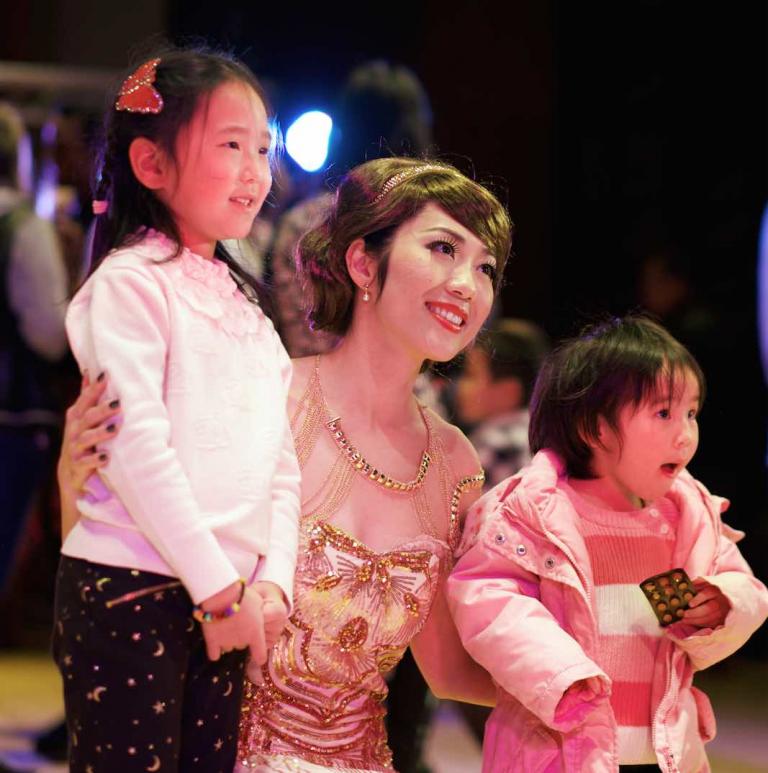
Performances last six or seven days. The “yellow ghost hunting”ceremony mainly includes two parts: offering of sacrifices and village theatrical performances. Offering of sacrifices can be divided into several links such as inviting gods, offering sacrifices and sending gods back; village theatrical performances mainly include”Dui drama”performances and Sai drama performances on the stage, intermingled with villagers’ colorful flower fair activities. The roles in the ceremony are not randomly arranged. They were passed downfrom father to son in several centuries. During the”yellow ghost hunting”ceremony, all people in Guyi Village participate as both actors and viewers and interpret this spectacular ceremonious drama together.”Advocating filial piety and good deeds”is an important idea in the “yellow ghost hunting”ceremony in Guyi Village. It tells people through horrible performances: children should be filial to their parents; otherwise they will become evil ghosts and be punished after death. We can say that the “yellow ghost hunting”ceremony is a collective display of the emphasis given to “filial piety”by people in Guyi Village. Of course, in the whole ceremony,”yellow ghost hunting”is only one of the most critical links.
There are also Sai dramas performed by actors wearing masks and various performances. All these jointly constitute a soul-purifying feast with tremendous momentum. From the 12th day of the 1st lunar month when “dramas for gods”are played, all villagers begin to enter a sacred religious space where they imagine a stage on which everybody participates in performances; on the morning of the 15th day of the 1St lunar month,”ghost hunting” makes the ceremony reach the climax, and people have completely entered the state of revelry: they laugh to their heart’s content and seem to forget all unpleasant things in daily life. Through staging the “yellow ghost hunting”ceremony, villagers offer sacrifices to gods, hoping they can give blessings, prevent disasters and protect people. Meanwhile, through this form, they convey the idea of “advocating filial piety and good deeds”into children’s heads. In this artistic feast, the souls of villagers, especially those playing major roles, are redeemed. Because they play roles in performances for gods, they obtain more mental solace and thus can face life more actively.
Yangko dances are a very important type of Shehuo performances represented by”umbrella head yangko dances,”which spread in the Luliang mountainous area in Shanxi and are most peculiar in Lin County. The so-called “umbrella head”means the performer in the yangko dance team holding a flower umbrella is the leading dancer occupying an importantposition in the yangko team.”Umbrella head yangko dances”in Lin County are a large-scale folk singing and dancing art of outdoor performances. The number of a yangko team’s members can be as many as 200 to 300 and as less as 70 to 80. Gate flag holders, colored flag holders and drummers lead the way with a drum in the middle, there are folk performances called”Xiaohuizi”such as Selling Water, Selling Vegetables, Ten Pairs of Flowers, Song-and-dance Duet, Little Buffalo Cowboy and Liusan Pushes the Cart and various performances such as land boat, bamboo horse and stilts performances, ending with dragon dances and lion dances. Under the umbrella head’s unified leadership, all participating performers dance freely to their heart’s content to the musical rhythm of the sounds of gongs, drums and suona horns. Seen from a long distance, they look like a huge jubilant dragon of different colors. Umbrella head yangko dances in Lin County are closely related to ancient sacrifice ceremonies. Today, on the day when the yangko team comes on the stage, the umbrella head leads the team to worship the “Farmland God,””Wind God,””Rain God”and”River God,”and sings a sacrifice song to pray gods to ensure favorable weather throughout the year and a bumper grain harvest. There are three activity forms of “umbrella head yangko dances”in Lin County:”crossing the street,””Taochangzi”and “Xiaohuizi.””Crossing the street”is a form of street performances by the walking yangko team. When the team crosses the street, apart from accompaniment by percussion instruments such as gongs and drums, suona horn players play songs intermittently. After the yangko team enters a square or courtyard to perform, it first performs “Taochangzi,”also known as “Caipaizi”and “Baichang.”At this time, suona horn players play songs and the umbrella head leads people to dance and form certain patterns such as “12 linked cities,””cross-shaped plum blossom,””single-line battle array,””Little Tang Emperor’s disorderly gathering of troops”and “nine lotus lanterns.”Yangko singing is responsibility of the umbrella head in charge of commanding the overall situation, arousing feelings, rehearsing performances, commenting on performances and assuming a series of responsibilities such as external exchange, expression of appreciation and congratulation on behalf of the yangko team, and all these are carried out through the yangko team. The umbrella head must improvise yangko songs according to the situation of the time and place, and sing wherever he goes and whatever he sees.A good umbrella head needs to write and sing tens of thousands of yangko songs in the 1St lunar month.
